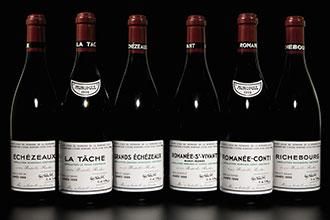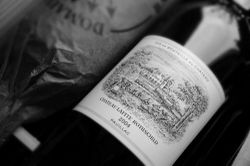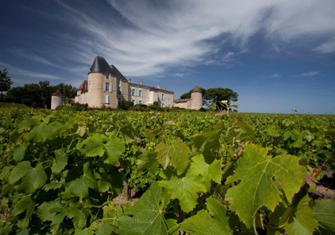Can fine wine be compared to a luxury handbag? Well – yes it can. An extremely rare Hermes or Chanel bag can easily command six figures, just as a 12-bottle case of Burgundy’s Domaine de la Romanee Conti (DRC) can, one sold earlier this year for £198,000.
A Hermes Birken, designed by Ginza Tanaka crafted from platinum adorned with 2,000 diamonds, including a feature 8 carat pear-shaped ‘rock’, was sold for $1.9million and according to the Guinness Book of World Record, the most valuable handbag ever sold is the 1001 Nights Diamond purse. The heart-shaped creation encrusted with over 4,517 diamonds (weighing in at a total 381.92 carats) designed by the House of Mouawad, cost the proud owner a staggering $3.8million.
Rare products of extraordinary quality will always attract collectors and command remarkable values as last year’s sale of Leonardo da Vinci’s Salvator Mundi for $450million demonstrated.
Can fine wine genuinely be treated in the same way? The most highly sought after, rare fine wines demonstrate that they are. Whilst the numbers may be smaller, we have yet to see a fine wine be sold for a 7-figure sum, 6-figure sales are now achieved by top Burgundy wines on a reasonably regular basis.
Liv-ex has recently looked at the performance of their Burgundy 150 index and compared it to the share price of the luxury brands group, Louis Vuitton Moet Hennessy (LVMH). A key similarity for both is the consistent demand from Asian consumers, (and China in particular), for the key wines of the Burgundy 150, 40 per cent (six wines) are from DRC, and LVMH’s luxury products.

Since 2015, according to Liv-ex, the DRC indices and LVMH share price have tracked a similar growth pattern. DRC Grands Echezeaux grew 104% in comparison to a 117% growth in LVMH’s share price over the three and a half year period. Even in this rarified group value seeking does happen as the brand leader DRC Romanee Conti experienced the lowest level of growth at 48%.
LVMH’s share price is strongly linked to its sales performance in China, and it has enjoyed 18% growth in the first half of 2018 which would imply that China’s appetite for luxury items continues to grow from strength to strength. This may also correlate with the continued strong price performance of DRC wines compared to other regions in recent months.
At Vin-X we do consider fine wine a ‘luxury collectible’ and without doubt the continued acquisition and consumption of fine wine by HNWs is a key dynamic to the wine investment market.
Trade magazine, Decanter’s columnist, Andrew Jefford writes this week on the contamination of the fine wine market by ‘money’, i.e. the increase in price of fine wine over the last decade or so and its affordability for wine lovers. His article opines that “The contamination is growing worse all the time. The better the wine, tragically, the more money it contains. Fine wines are now brimful of money.”

The fact is it all comes down to supply and demand and an increasing global take-up for a finite resource which decreases in supply over time as a vintage is consumed, which in turn drives value up. Consumers are better informed and producers, specialist wine critics and organisations such as Liv-ex and Vin-X are able to communicate so much more effectively via the internet, pointing wine investors and collectors to the most desirable wines available in the market. That focus drives demand and yes, price too. More people all around the world are now interested in, and seeking to acquire, the best quality wines from the most highly prized producers in the world. That is the market, rare fine wines are luxury products with price tags to match.

